After two months of strife in the Kashmir Valley we may be just heading into better control of the situation which resulted from the response to the killing of Burhan Wani the young South Kashmir militant leader, on 8 Jul 2016. However, the time taken may not have been for want of trying. The Home Minister has been in one of the widest consultation in recent times which is proof of both the complexity of the situation and the seriousness of efforts to control the streets without use of unfettered state violence. Many may respond very negatively to the above view but an explanation is due and has been made later in this piece.
It would be incorrect to give certification to Pakistan that it is not involved in the instigation, enablement and support to the violence in the streets. The establishment both at Srinagar and Delhi has been extremely careful in response except that the pellet guns became the villains of the peace. Unfortunate that the pellet guns have become the symbol of the state response and that's because of the inability to create the right doctrines for crowd control in the period between 2010 and 2016. No need lamenting that now but the necessity to be seen having removed these from the inventory may be good balm if nothing else. The kind of mindless violence by a defused invisible leadership would have probably invited far greater response in many other nations. We had seen tanks at Tahrir Square in Cairo within a few days of the Arab Spring rising in Cairo. It was similar at Tiananmen Square which is a forgotten story for today's generation. Democratic states are mindful that violence will occur as a form of dissent against state authority; it's all within the ambit of governance under democracy. It is the limit of tolerance for violence which differs from state to state. In India at different times there are different reactions. It is contingent upon the security force involved, its level of training and its leadership. Sometimes forces have gone overboard as in the case of the recent response of the state Provincial Armed Police (PAC) to the cult violence in Mathura district of Uttar Pradesh (UP). In the case of Haryana's agitation early this year much property went up in flames without adequate force response. However, these were cases of law and order; no one was seeking secession from the Indian Union. The situation in Kashmir is more of public order where the Army needs to step in early if need be. Delhi was reluctant to do that and rightly so because there is adequate CRPF to support the JK Police. Some reinforcements were also brought in.
The difference this time has been the far better strategy on the part of those involved in the guidance and direction to the violent street agitation; the diffused leadership so to say. I believe that the final guidance comes from Pakistan's Deep State so I continue to name it. The Deep State probably analysed that the 2008-10 agitation could not be as effective as desired because the rural areas were kept quiet in comparison, by the Indian Army which has its tentacles deep there. The Army's very competent junior and middle leadership has for long built stakes and networked long with the populace. The curfew is easier to impose in urban areas but in widespread ‘qasbas’ and villages in the rural areas it becomes difficult to implement. Since the Army was not called in, as in the past, and its attempts at informal control through networks could not be as effective, the agitation went out of control. Surprisingly, places such as Damal Hajipura and other villages hugging South Kashmir's Pir Panjal area displayed extreme violence with targeting of police stations as the main tactics. The Deep State has been smart in thinking. Perceiving JK Police to be the main force multiplier in situations of street turbulence it went hammer and tongs after its personnel. From making holding of police stations with low strength untenable, to targeting individual homes of personnel to create fear psychosis and paralysis in JK Police ranks, the tactics employed succeeded beyond their expectation. This emboldened the mobs. The CRPF did its thankless task but with demoralized local police support any force will be less effective. It could not regain control of the crucial areas of Pulwama, Shupian and Kulgam districts. It was therefore time for the Army to step in.
What is the Army's role in such situations where public order is at stake? This was the subject of debate even at the outset of street violence in 2008, the first year that the Separatists seriously changed tack due to inadequate terrorist strength. With presence of Armed Forces Special Powers Act (AFSPA) there was never a need for requisition. The Army continued to hold the periphery by persuading the rural populace against swarming on to the highways. The terrorist presence in ranks of the mobs in 2008-10 was marginal, unlike this time when there has been use of hand grenades and the tactics in confronting the police has been virtually professional. In the earlier years Army came to the support of local authorities in some towns such as Baramula and Sopore without a clear cut mandate, merely showing the flag to keep the police forces bolstered and preventing spillage of the mobs beyond limits. In 2016 the same methodology appeared to have been attempted at most places. Having faced this situation many times I’m aware how much dilemma this causes for local commanders in olive green. There is inadequacy of clarity on the task and they run the risk of troops coming in direct contact with mobs without having any non-lethal means to contain them.
This time the terrorists have played a much more proactive role with even targeting of night convoys something unheard of in the last phase in 2008-10. To regain their significance they have also attempted ambushes of routine day convoys and have now upped the ante with repeated infiltration attempts at the LoC. In 2008-10 a phenomenon noticed was the attempt to intimidate the Army by surrounding small detachments of three vehicles; an ambulance was burnt in Pattan belonging to a Field Ambulance unit which was nodal to providing medical assistance to civilians. In 2016 an attempt to intimidate the Rashtriya Rifles (RR) Quick Reaction Team in Qazigund led to the RR opening fire resulting in killing of three civilians. There was no further attempt to intimidate small convoys thereafter.
Now that the Army has deployed in greater numbers in South Kashmir in the Pulwama-Shupian belt from where it had progressively withdrawn over the last few years, there is every possibility that it will be tested by the diffused leadership. It will run the risk of being accused of being over bearing or inadequately hard against those who deservingly need to be brought to book. The first thing is that the control over the police stations has to be restored and the local police have to return to duty with full backing of the Army to support it whenever intimidated. For the Army restoring confidence is one thing but the policemen who are locals from the same area (a principle in policing duties) may find it yet difficult to serve there. Some amount of temporary redeployment of its personnel by JK Police may have to be done without prejudice to later returning to the basic practice of local content for local policing.
The Army’s show of force is usually done through flag marches in law and order stricken areas. However, here the threats are higher demanding domination of the smaller townships through large size patrolling, both mobile and foot borne. It was heartening to see that the Army has not forgotten the basics. Even as the area around Shupian was burning a medical and vet camp was underway near Balapur the HQ of an RR Sector. There is a huge silent majority of which the Chief Minister has often spoken; I too am aware that it is there, stricken by fear of the radicalized youth who need to be controlled and if not they need to be taken out systematically and sent for de-radicalization outside the Valley. This is where firmness has to be displayed. The Army must continuously train and retrain its leadership and troops because they are all going to be involved in sensitive responsibilities. Some of these troops have come from outside the Valley and given the large scale turnover in the Rashtriya Rifles (RR) units there will be too many raw hands who may feel the pressure of the awkward situation they are in.
Given Kashmir’s inadequate holding facilities for detainees the absolutely last thing acceptable is the clubbing of detainees with terrorists or other hard core elements in Central Jail Srinagar. The Jail needs a thorough review as many a time even the DG police finds his control challenged. Sim cards, mobiles etc are common, as are daily visits by relatives with home cooked food. Detainees need to feel the pressure of detention and the authority of the state; they should largely be sent into detention facilities in Jammu or beyond.
Lastly, in sensitive times there will be mistakes and the Army too will make them. Its rank and file needs to hold its horses and not resort to the newly found technique of placing everything in the public domain by use of social media. I also hope that staff of Media Branches at HQ Northern Command and HQ 15 Corps remains ever alert on the attempts of the adversaries to paint the Army Red all over. More than just the defensive side it is the ability to assist the outreach through information operations that will make the difference. This is the first real test of proactive information operations. Let us see how well the Army takes up the challenge. It should be reinforcing these branches for good measure.
Given its propensity to think out of the box, exercise adequate control and allow its commanders the flexibility they need to be empowered with I have no doubt the Indian Army will achieve its objectives very shortly. This will enable the return to full governance as deserved by the largely peace loving majority of the people of the Valley.
Published Date: 13th September 2016
(Disclaimer: The views and opinions expressed in this article are those of the author and do not necessarily reflect the official policy or position of the Vivekananda International Foundation)

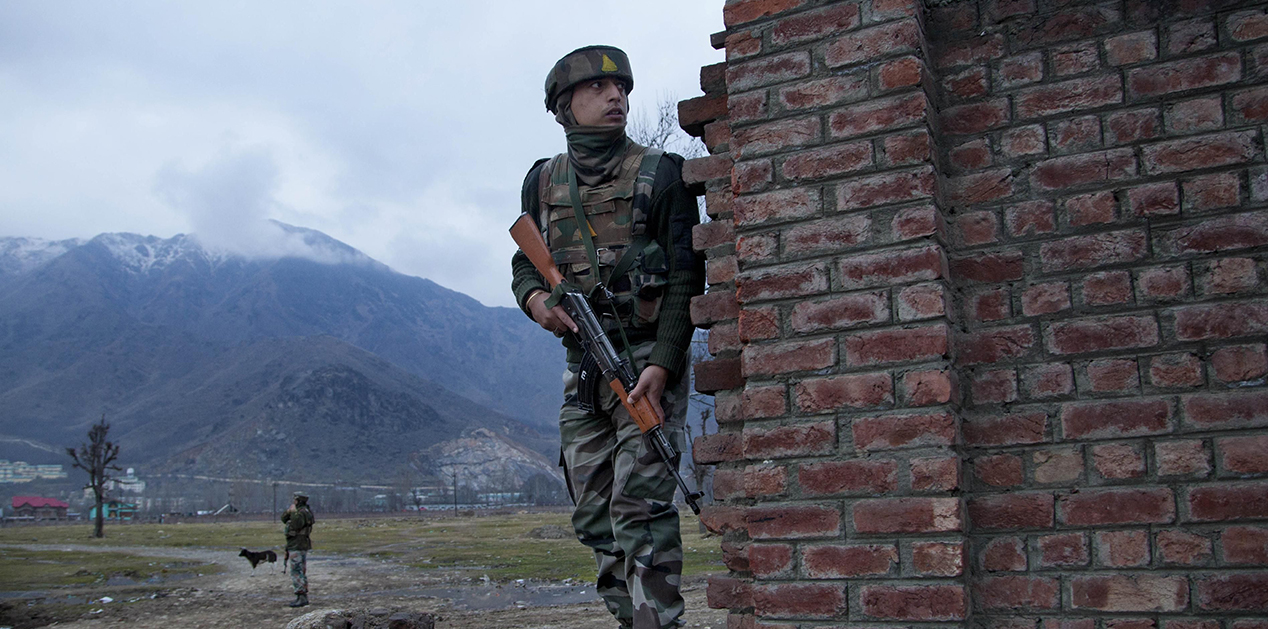


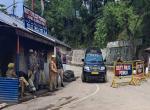
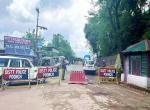
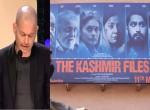

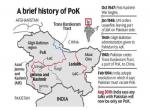
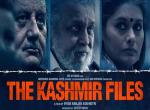

Post new comment